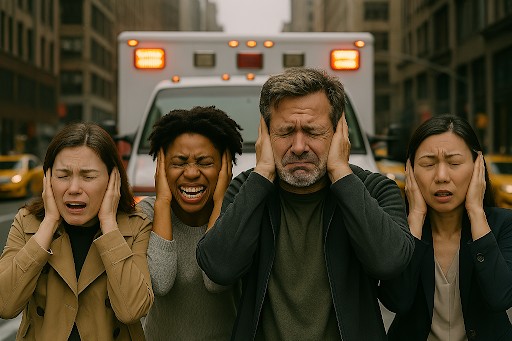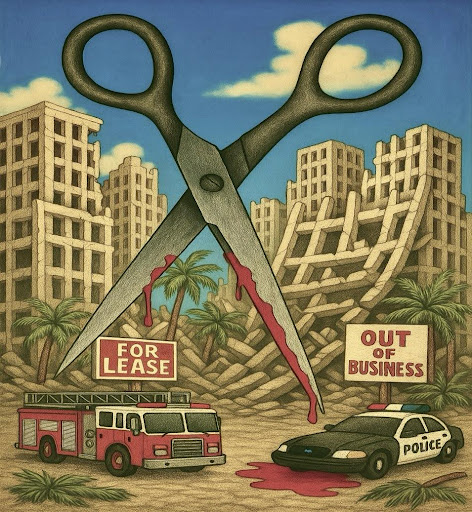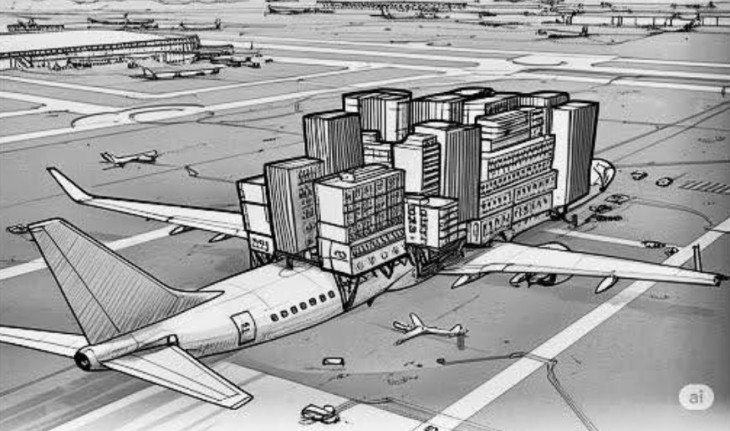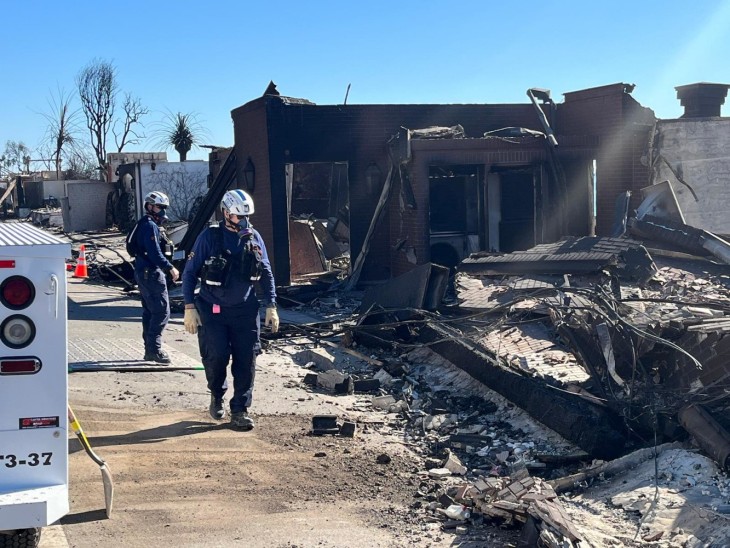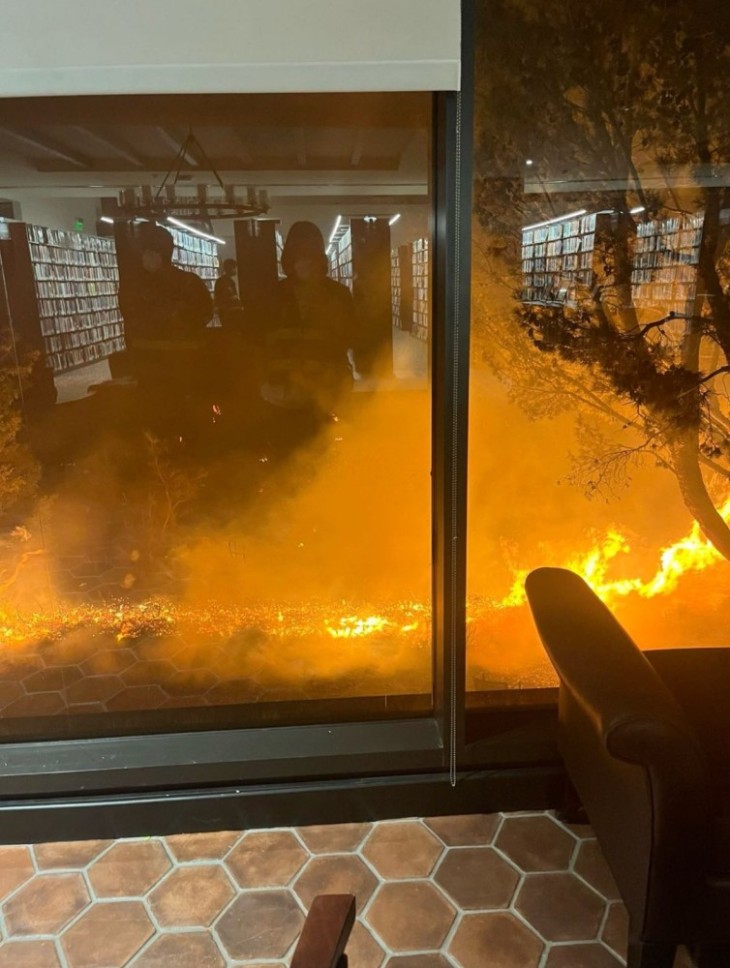Maybe Proposition 13 really still is a third rail in California politics, one that no one dares touch for fear it means instant political suicide, just as surely as if through electrocution.
That’s about the only conclusion to be drawn from the way the Legislature has handled the possibility of fixing or changing parts of both the landmark property tax limitation measure and some of the regulations and definitions adopted in 1979 to standardize how it is administered.
There was plenty of brave talk about fixing Proposition 13 early this year, after Democrats acquired two-thirds majorities in both legislative houses. Some advocated a “split roll,” where commercial properties would be taxed on the basis of their market values while residential would continue to be based on 1 percent of the latest purchase price.
There was also Democratic state Sen. Mark Leno of San Francisco purveying the idea of lowering electoral margins needed to pass parcel taxes for education from the two-thirds majority demanded by Proposition 13 to 55 percent, the level now required for school construction bonds.
None of that will now happen. Maybe it was because of the fierce opposition these proposals drew from the Howard Jarvis Taxpayers Assn., perpetually a vocal defender of every word in Proposition 13 and its surrounding regulations. Everyone in California politics knows how much money the Jarvis group – named for Proposition 13’s co-author – can raise and funnel into campaigns against those it deems unfaithful or threatening.
Whatever the reason, attempts to make any fixes on property taxes lurched to a halt when legislative leaders pronounced them dead, at least for this year.
Next year, of course, is an election year for almost everyone in the state Capitol. With legislators’ jobs on the line, it’s hard to believe either house will touch Proposition 13. So when the leadership says changes won’t happen this year, they really mean nothing will happen for at least two years. And most likely, for many years after that.
This is because no one knows whether Democrats in two years
will have the same size majorities they do today. If not, scratch any chance for change.
The practical effect of all this is that today’s inequities will
continue indefinitely. Neighbors in essentially identical homes will keep getting radically different property tax bills, based upon price levels at their varying times of purchase.
The current reassessment rules – not part of the original 1978 Proposition 13, but passed legislatively the next year – will continue. These rules often allow sold properties to go without reassessment so long as no one individual or corporation acquires a controlling interest when a property is sold. (Page 42 of the state Board of Equalization assessor’s handbook (http://www.boe.ca.gov/proptaxes/pdf/ah401.pdf) describes how this works).
In real life, this means limited partners buying properties as varied as vineyards and apartment buildings often escape the higher tax bills any home or condominium will see the moment a residential property gets a new owner.
Even Joel Fox, the former chief of the Jarvis group who now runs both a political/business blog and a small business owners’ political committee, once said he liked the idea of changing those rules, which could be done by simple majorities in the Legislature.
But that change got virtually no consideration this year, even though estimates of the revenue it might raise range as high as an annual $12 billion. That’s not what a split roll might produce, but it’s still plenty. One reason for the lack of attention: the Jarvis group and its current head, Jon Coupal, like to imply that any slight chink in any aspect of Proposition 13 opens the way to attacks on all of it.
So the state will keep passing up revenue it could easily obtain and instead rely on hikes in regressive levies like the sales tax, which hits poor people much harder than the wealthy. Local governments and public schools, meanwhile, depend more and more on parcel taxes, which almost always assess the same amount for each piece of property, whether it be a one-bedroom condo or a shopping mall. How fair is that?
But courage is in short supply in Sacramento, which means we will not even see a few simple rule changes that could make things much more fair and equitable than they’ve been in decades.



